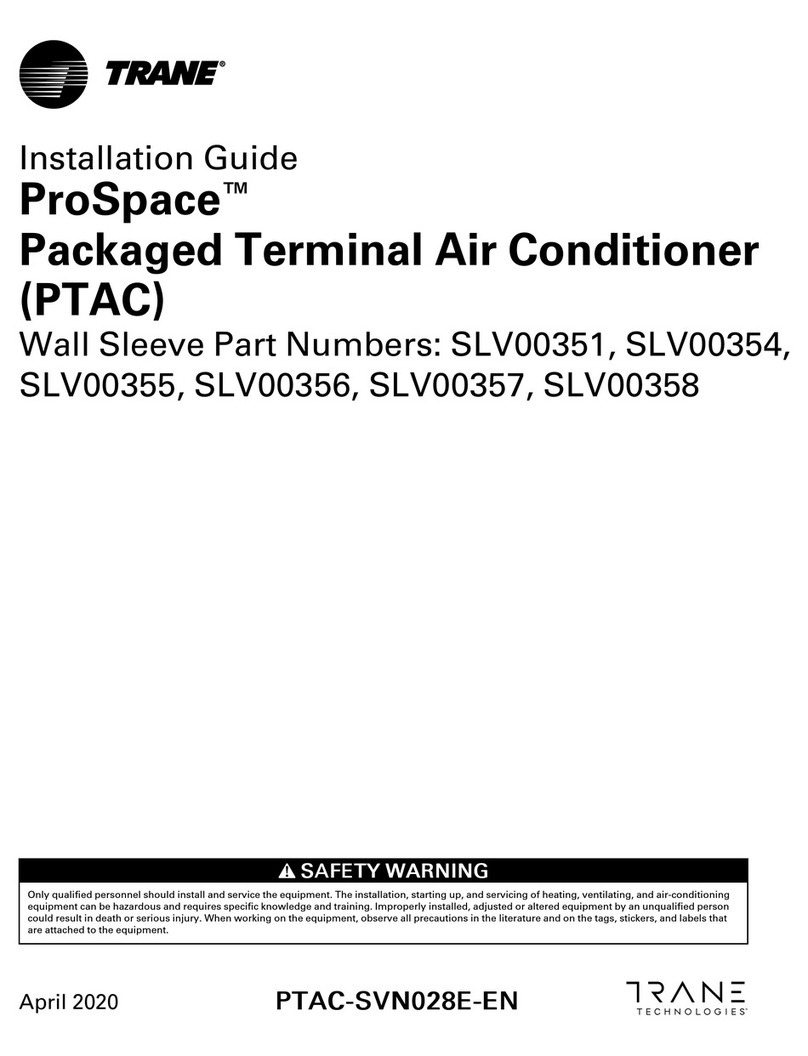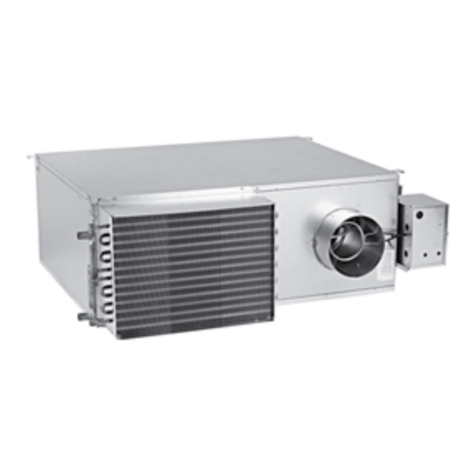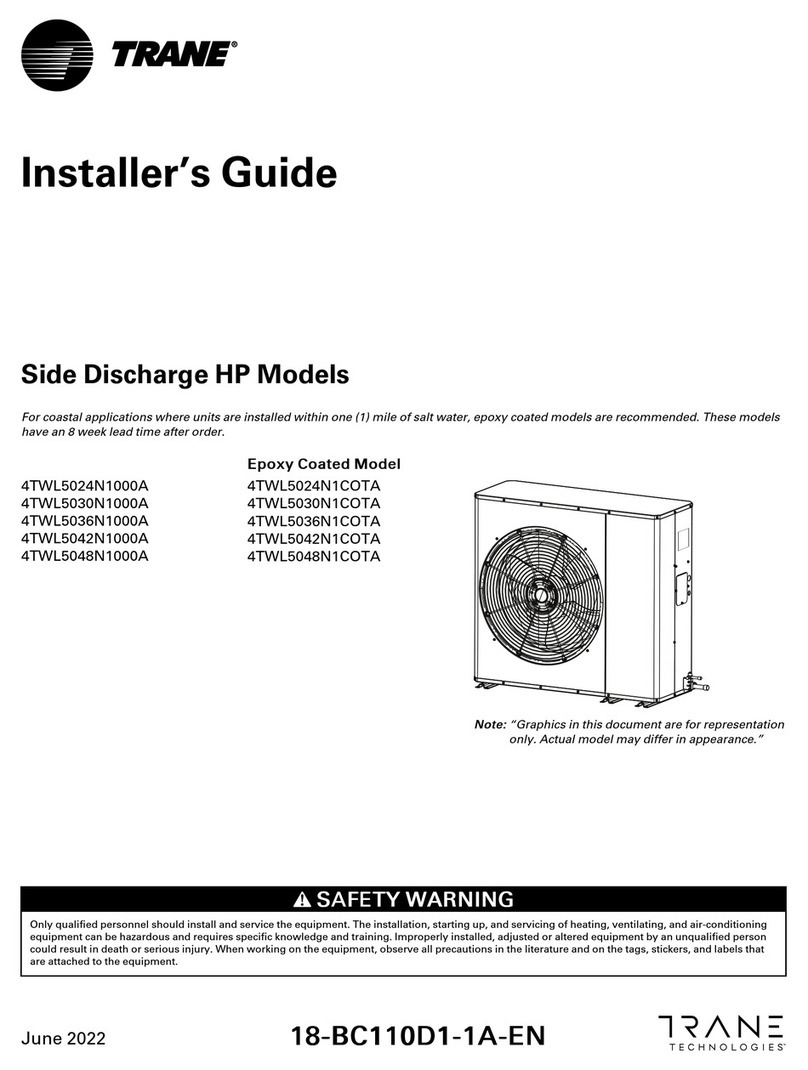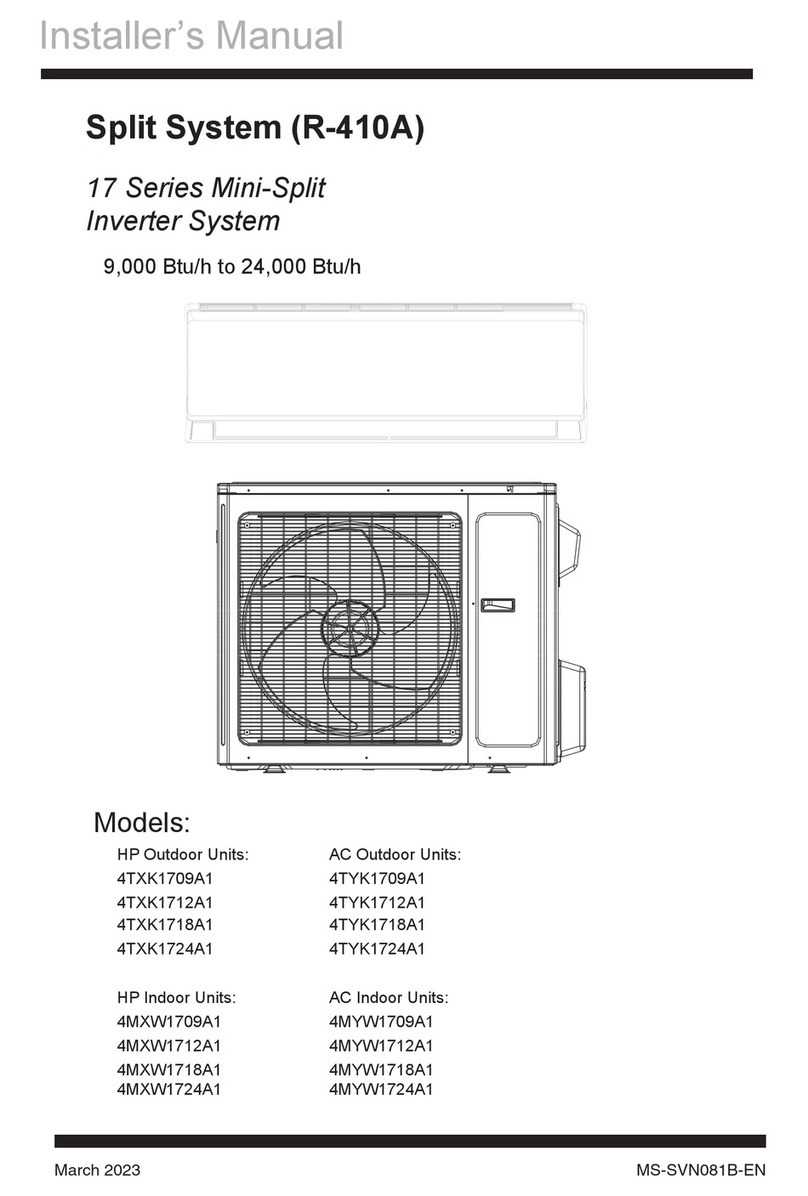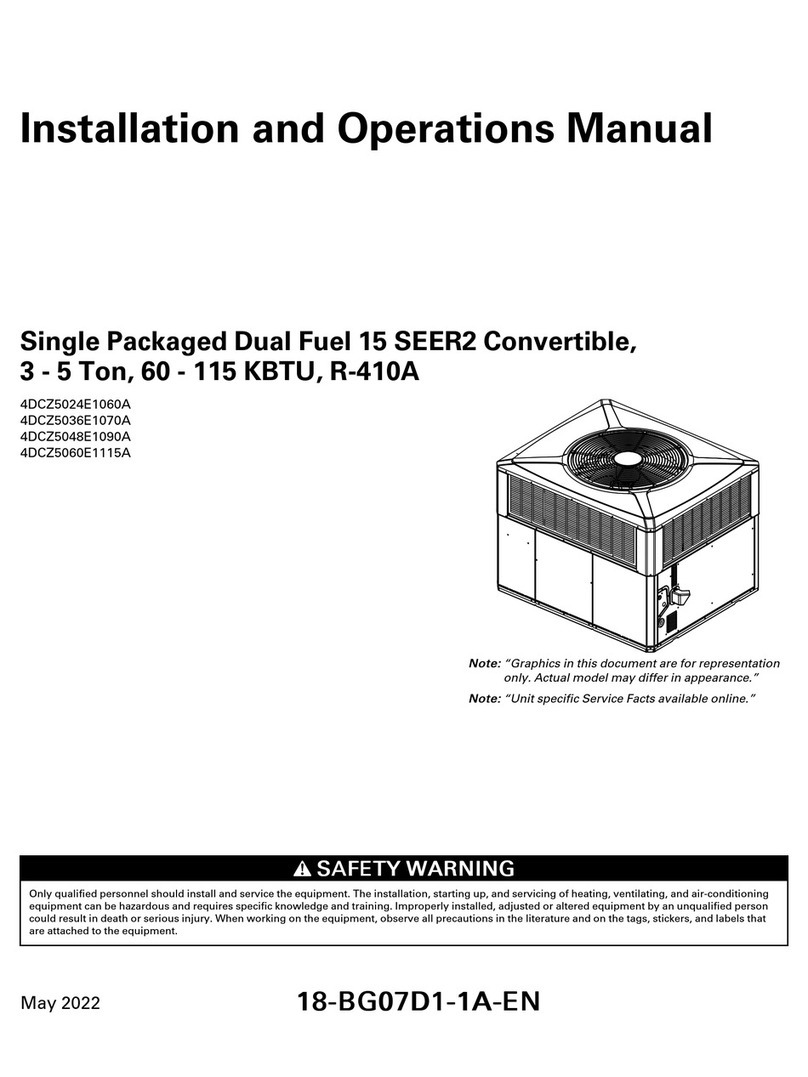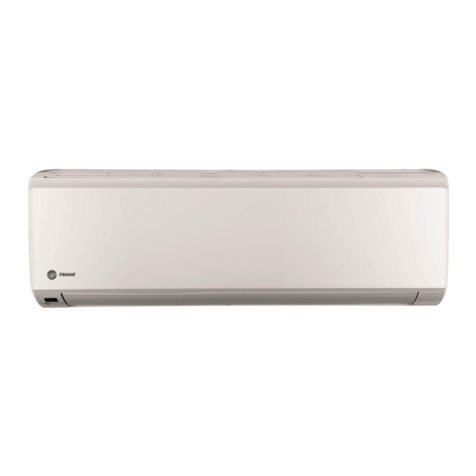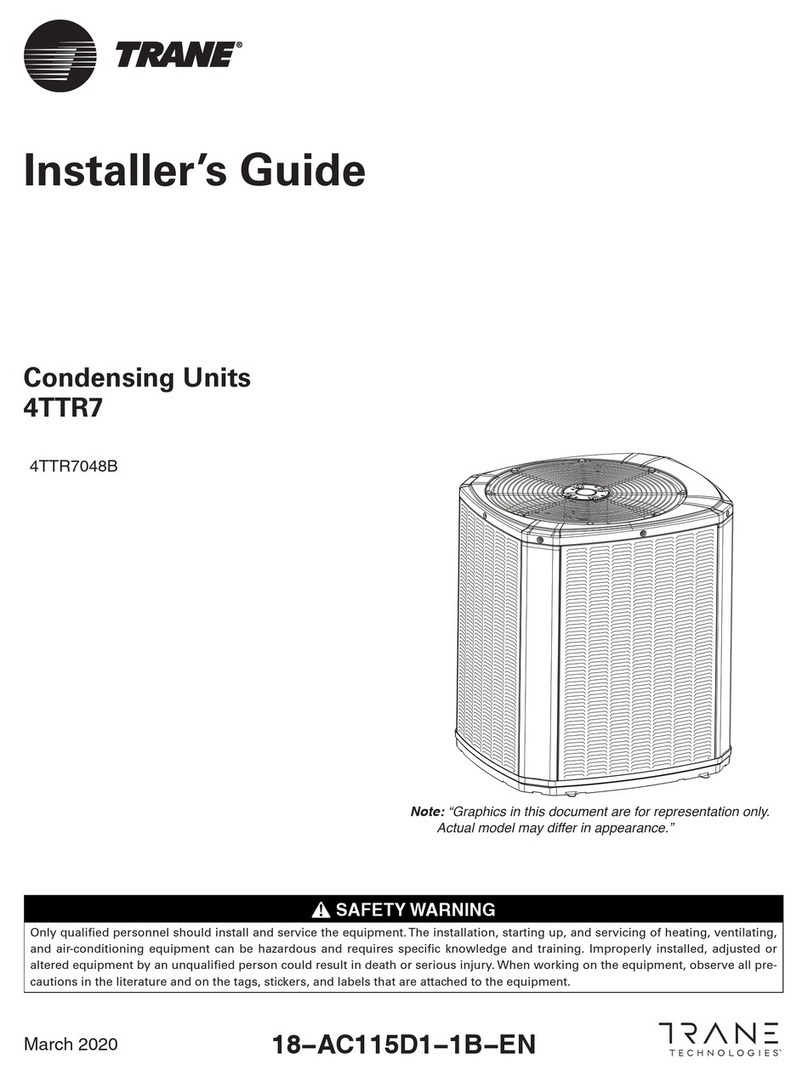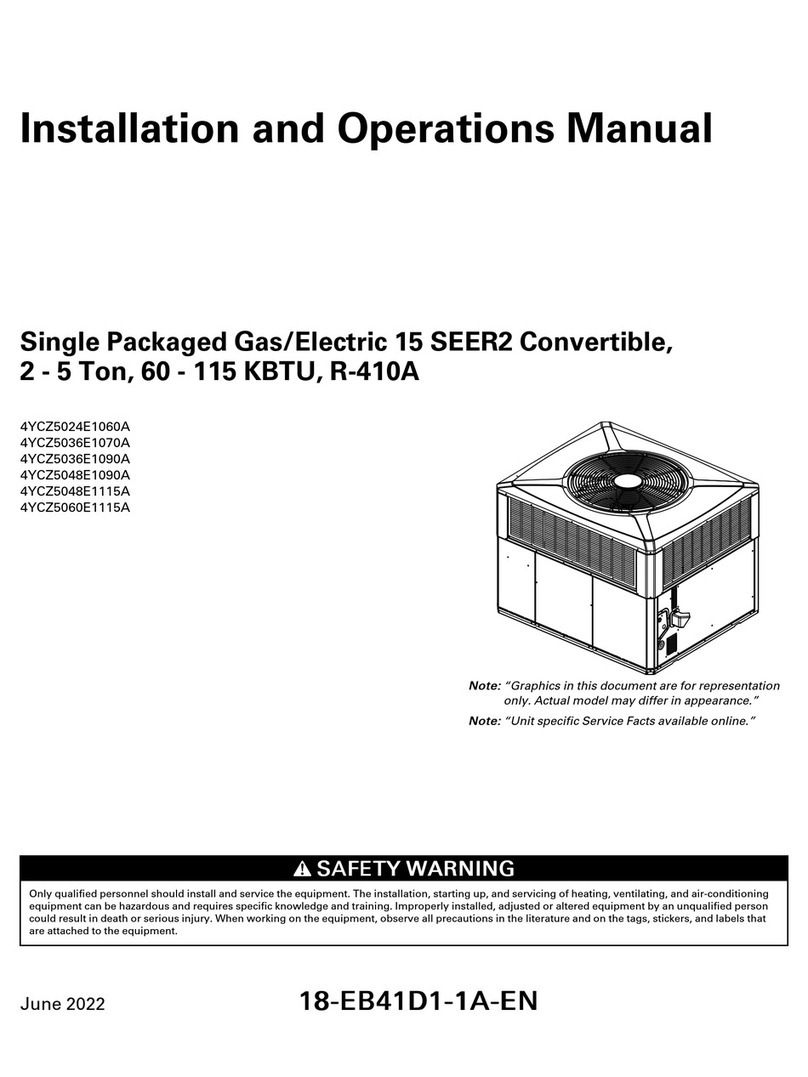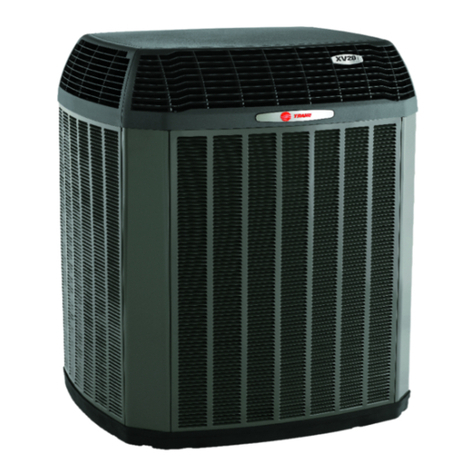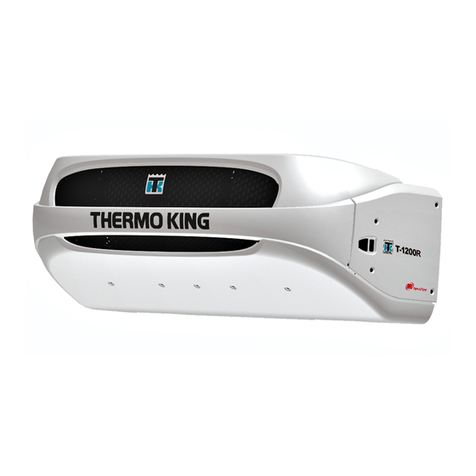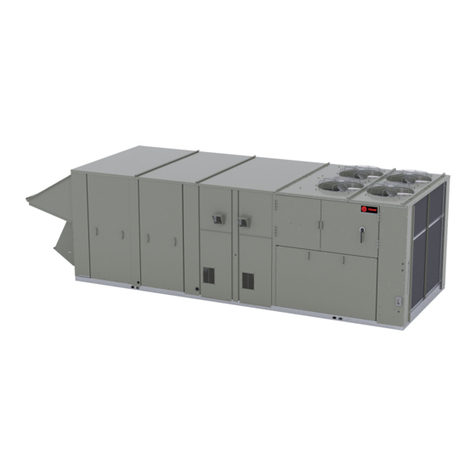
9
Tips for a Successful Installation (continued)
REFRIGERATION HOSES
• Always keep refrigeration system fittings capped and sealed until the
installation of the refrigeration hoses.
• Only cut refrigerant hoses with the correct hose cutting tool (204-677).
NEVER USE A SAW!
• Always use the correct hose fitting tool (204-1045 or 204-1128) when
assembling refrigerations hoses.
• Always lubricate hose fittings with refrigerant oil when assembling to
refrigeration hoses.
• Always install and lubricate o-rings with refrigerant oil when
connecting refrigeration hose fittings to component connections.
• All refrigeration connections should be tightened securely using two
wrenches.
• Refrigeration hoses should be installed onto components in such a way
as to allow for vibration and movement.THEY SHOULD NEVER BE
STRETCHED TIGHT!
• Refrigeration hoses should be carefully routed from the vehicle’s
engine compartment, up the interior wall of the cargo area.
ELECTRICAL
• Anti-corrosive gel (203-377) or equivalent should always be applied to
all electrical connections.
• All electrical harnesses should be neatly routed and secured with band
wraps or clamps.
• Evaporator heater resistance wires must be installed as far as possible
into the drain hoses. NEVER CUT HEATER RESISTANCE WIRES!
• Electrical power to the In-Cab controller must be connected to a fused
circuit of the vehicle to provide power only when the ignition switch is
in the ON position.
• If the vehicle is equipped with a battery disconnect switch, always wire
the unit after the switch. This allows power to the unit to be turned off
by the battery disconnect switch.
• The unit’s power wire (2) must be spliced into the supplied 50 amp fuse
and connected securely to the vehicle’s positive (+) battery connection.
• The unit’s ground harness must be connected securely to the vehicle’s
negative (-) battery connection.
• A separate ground wire must be installed from engine driven
compressor to chassis ground. The location used on vehicle chassis
should be clean and free of paint to make a proper ground path. See
“Compressor Ground Wire” on page 20 for details.
• In-Cab controller must only be mounted inside vehicle.
It should be accessible and visible from the drivers position while not
interfering with the driver’s mobility, visibility or access to the vehicle
controls and instruments.
ELECTRIC STANDBY MODELS
NOTE: Thermo King recommends a 20 amp fused power source for
electric standby operation.
• Verify receptacle box is wired for correct voltage for your application.
• Standby receptacle box should be installed securely to exterior of
vehicle. It should be easily accessible while not interfering with the
driver’s visibility or operation of the vehicle.
SYSTEM EVACAUTION AND CHARGING
• The Liquid Injection Solenoid Valve, Liquid Line Solenoid Valve, and
the Defrost Solenoid Valve must be in the OPEN position during
evacuation procedures. The valves are normally in the closed position
and must be held open manually using special magnets (204-1074)
designed for this purpose. DO NOT put a magnet onto the Condenser
Blocking Solenoid Valve as this is a normally open valve and a magnet
will close it.
• Thermo King Evacuation Station P/N 204-725 and Evacuation Station
Operation and Field Application Instructions (TK-40612) is required.
• Never evacuate a system without a micron gauge.
• The oil in the evacuation station vacuum pump should be changed after
each use.
• Verify refrigeration system is charged with correct type and amount of
refrigerant for your application.
• Verify refrigeration system has been checked for leaks by using an
electronic leak detector.
• If equipped, verify the SPR and CPR adjustment procedures were
followed and the unit operates at its maximum capacity.
